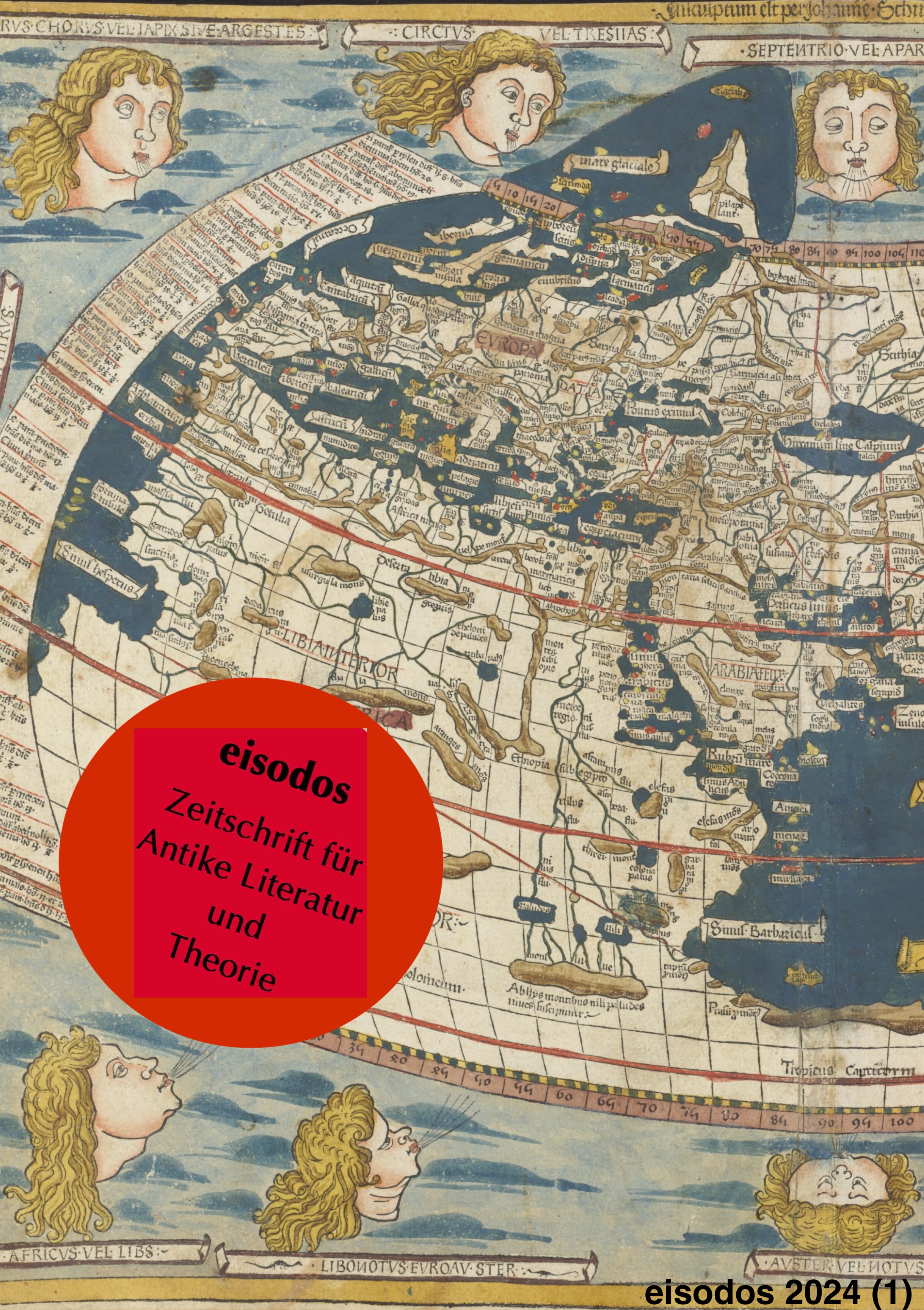Das Konzept der Intersektionalität in den beiden Adaptationen des Medea-Mythos Médée (Jean Anouilh) und Le Songe de Médée (Angelin Preljocaj)
Keywords:
Theater, Medea, RezeptionAbstract
This article deals with the two Medea adaptations Médée
by Jean Anouilh, Le Songe de Médée by Angelin Preljocaj and the concept of intersectionality. I find it remarkable that the mythical figure from antiquity is still the basis for the most diverse adaptations to this day.
In my article, I deal with the question: To what extent do we find the concept of intersectionality in the two medially different reinterpretations of the original myth of "Medea"? I will begin with a biography of Jean Anouilh and Angelin Preljocaj and provide some information on the two works, their content and the characters. A definition of the term intersectionality facilitates understanding and, together with the comparison between the two adaptations, forms the main part of this work. I will focus on the following categories of intersectionality in the comparison: Gender, age and ethnicity.

Downloads
Published
Issue
Section
License
Copyright (c) 2024 Dagmar Strimmer

This work is licensed under a Creative Commons Attribution 3.0 Unported License.
Autorinnen und Autoren, die in eisodos einen Beitrag veröffentlichen, bleiben in Besitz des Copyrights, garantieren aber eisodos das Recht auf Erstpublikation. Mit der Publikation wird der Artikel einer Creative Commons Attribution License (CC BY) unterstellt, die es erlaubt, den Artikel unter vollständiger Nennung der bibliographischen Angaben (Nennung von Autorname und Erstpublikation in eisodos) mit anderen zu teilen.
Es steht den Autorinnen und Autoren frei, ihren Beitrag außerdem in anderen Medien (bspw. auf der universitären Homepage oder als Kapitel in einem Buch) in nicht-exklusiver Weise und unter Nennung der Erstpublikation in eisodos zu veröffentlichen.
Autorinnen und Autoren werden ausdrücklich dazu ermuntert, ihren Beitrag vor und während der Veröffentlichung in eisodos online zu diskutieren (bspw. auf ihrer eigenen oder der universitären Homepage). Dies führt zu produktivem Austausch und zu früherer Kenntnisname und Verwendung des im Anschluss daran in eisodos veröffentlichten Beitrags sowie der Verweisung auf ihn.

